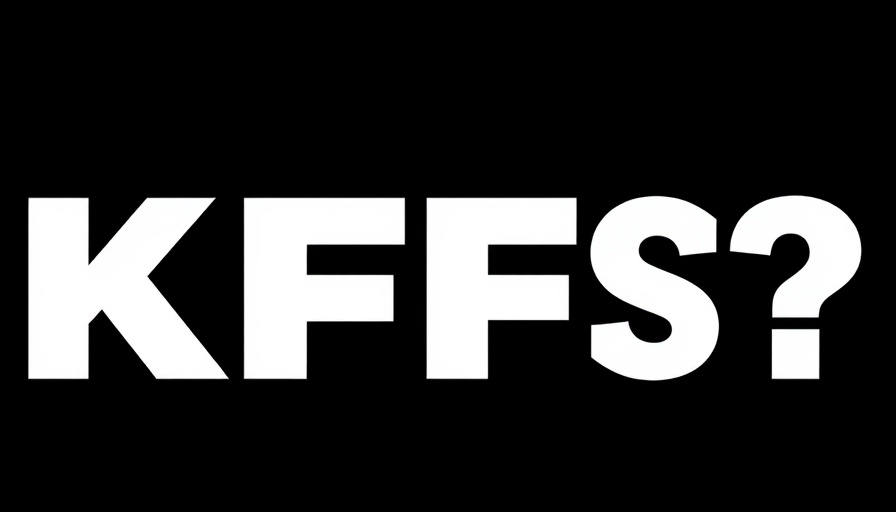
Leadership in Health: A New Era with Dave A. Chokshi
In a significant step forward for community health advocacy, Dr. Dave A. Chokshi has joined the Board of Trustees at the Kaiser Family Foundation (KFF). Known for his innovative approach to healthcare and involvement in local health initiatives, Chokshi's appointment promises to bring fresh perspectives to the vital issues surrounding health coverage and access for insured and uninsured citizens alike. With a strong commitment to health equity, he aims to amplify voices that are often overlooked in discussions about healthcare policy.
Why Chokshi's Appointment Matters
Dr. Chokshi’s diverse background as a physician and public health advocate positions him uniquely within KFF. His extensive experience in both clinical and policy arenas equips him to tackle pressing challenges, from improving access to primary care to reducing health disparities. His roots in community health initiatives mean that he understands the importance of grassroots efforts in shaping effective health policies.
The Community Connection: Building Trust Through Health
Chokshi's previous work involved enhancing healthcare delivery in underserved neighborhoods, making him a familiar face among both healthcare providers and citizens. This local connection is crucial as KFF works to foster deeper engagements with communities across the country. His appointment is expected to bolster community trust and encourage public involvement in health-related initiatives.
Future Visions: What to Expect
Looking ahead, Dr. Chokshi aims to leverage KFF’s resources to push for innovative solutions catering to the needs of uninsured populations. This could include expanding telehealth services and creating targeted education programs to raise awareness of available healthcare services.
A Broader Perspective on Health Access
Understanding the dynamic landscape of healthcare requires insights from various perspectives. Chokshi has emphasized the need to bridge gaps in health access by fostering collaborations between government entities, healthcare providers, and community organizations. His vision aligns with KFF’s commitment to comprehensive health coverage as a fundamental right.
The Emotional Impact of Quality Health Care
As we delve into the metrics of health care, it’s crucial to remember the emotional weight carried by people who face hurdles obtaining care. Stories of families struggling with health issues often help humanize the statistics surrounding health disparities. Chokshi's compassion and personal commitment to listening to these stories will be vital in driving KFF’s mission forward.
Engaging Communities in Health Conversations
The path to improving health coverage doesn't rest solely on policy reform; it involves cultivating an engaged public. Chokshi’s appointment could mark the beginning of new campaigns to educate citizens about their rights in health care. These campaigns aim to empower individuals with knowledge while fostering a community dialogue around health needs.
Final Thoughts: Joining Forces for Health Equity
As KFF welcomes Dr. Chokshi, a sense of hopeful anticipation surrounds his tenure. His passion for health equity and community involvement resonates with KFF’s mission to improve healthcare access for all, particularly those marginalized within our healthcare system.
It’s important for all of us—insured and uninsured—to stay informed and engaged with these developments. Together, we can support the journey toward equitable health for everyone in our communities.
 Add Row
Add Row  Add
Add 




Write A Comment